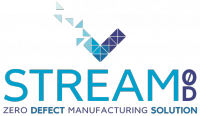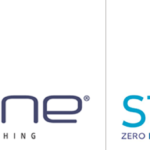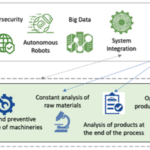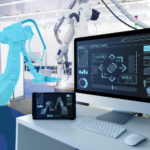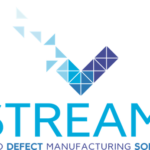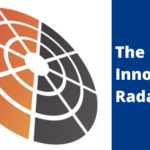Data management turns data into information
Thanks to the implementation of the STREAM-0D solution, Standard Profil experienced great improvements in data management: process data are now merged with product data, allowing a better control of the production. It is Standard Profil itself that, in this article, tells the story of this advancement.
Gathering data is not something new: since 2013, some devices had already been capturing data in Standard Profil for a while. Anyhow, only a few of them were actually capable of doing this, since there was no standard for the equipment regarding connectivity. Also, we did not make any processing with the data apart from storing it. There was also a clear separation between the process and product data as each source had its own software layer. These sources were isolated from each other and nothing but the eyes of those who queried the data connected them.
The methodology was simple: we stored everything and in case we found we had a problem, we checked the stored values and attempted to guess what happened.
Time for improvements
The first point we improved was making our system reactive. We had a clear idea of the need of knowing if something went wrong at the time it happened, not later on, as consequences are worse. With this idea as a base, we started to build a system to monitor the big amount of parameters that our operators were using as recipes while producing.
Using the experience of people, we started to learn the key-parameters for our process and for the quality of the product. From a developer point of view, we liked the idea of leaving behind this issue based ‘data pooling’ strategy we were using.
Since then, we have defined standards for data capture on new equipment and we have invested time in developing a methodology that allow us to join our data sources to establish relations between process and product data. The connection between the world of process and product data was the next logical step.
Making the first studies of relations between process and product parameters brought us the first conclusions, and probably to the first frustrations. How is it possible that two apparently similar process batches led to products with different properties? By now, we know that we just needed more data.
Experience comes into play
Our workers’ experience has been the main source of knowledge for a long time because of the complexity of the process and the cost (mostly in time) of the equipment required to measure the properties (both physical and chemical) of the materials used.
Starting with the mix to elaborate the rubber (our main raw material) and followed by extrusion, which involves giving the main shape and vulcanization of the profile, we find ourselves across a production line that can measure more than 100 meters, filled with equipment from different manufacturers. The main properties of the materials are measured, same with the resulting products, but with a lower frequency than our process data which is monitored in real time. There is yet currently not much affordable equipment to do that in real time due to the very specific requirements we have. This turned to be the main caveat while making relations between process and product parameters. Even the discrimination between good and bad parts is not a direct task, as the flexible nature of the product makes online systems complex.
The amount of data between process and product sources differs by orders of magnitude. In some of our tests, we have a relation of 1:18.000 product to process data points.
The implementation of STREAM-0D
With the adoption of projects like STREAM-0D, by working with a wide group of partners, we were able to get the conclusions that enabled us to find relations and develop equipment to capture mechanical properties from our product and link them with other non-trivial to measure properties by processing data. We are now able to generate models that point us in the direction to keep improving our processes much faster than by user experience. Sometimes the conclusion is that we still lack some key data in any part of the process: if that is the case, we check for the available solutions for capturing that. If the equipment does not fit our requirements, we study other measurable items, which have a correlation with the data we are trying to measure.
This way of giving a weight to a set of parameters is what differences between having data and having information. Being able to quantify the importance of a variable is key nowadays in the life of a process, but being able to predict the result of a process with its inputs, in real time and with constant computational cost is what innovative solutions like the methodologies developed with STREAM-0D propose.
—
This article was provided by Standard profil, STREAM-0D project consortium partner.
Follow STREAM-0D on:
